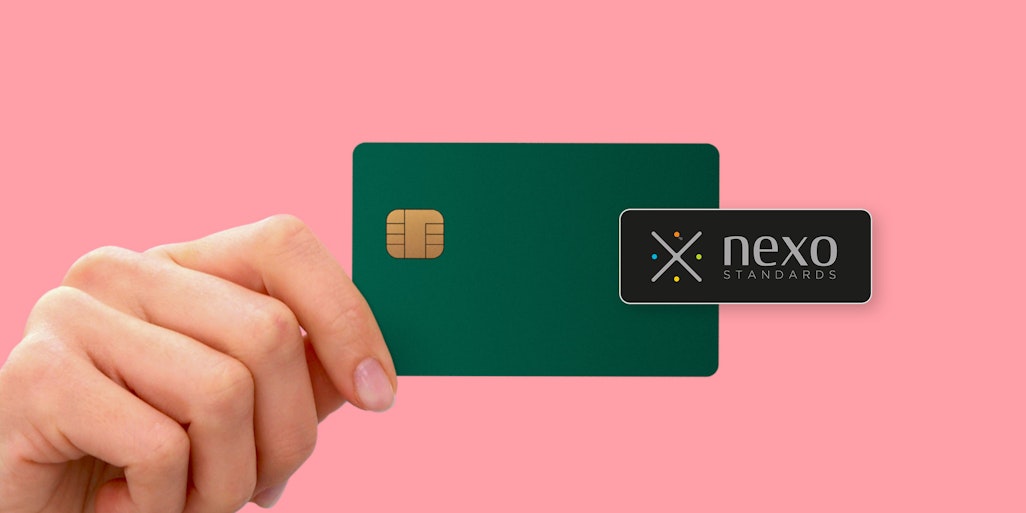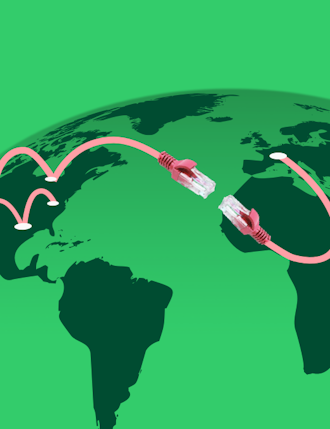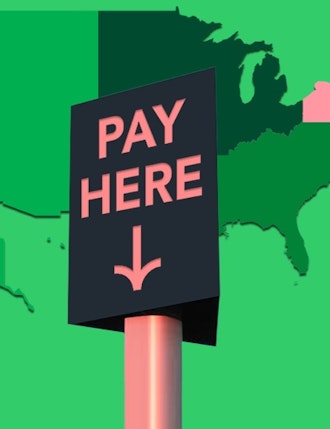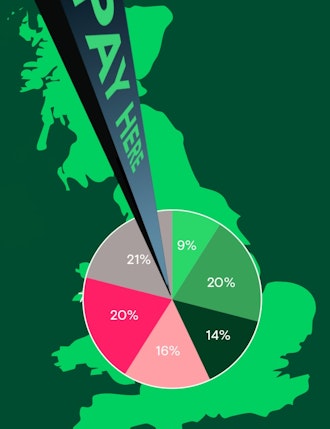Ease integration and foster innovation
The payment industry has become more complex in recent years, for both eCommerce and in-person payments. There is an increasing number of devices, a multiplication of features offered to the end user, and increasing demands from merchants. Many players are innovating to provide solutions, but with high integration costs. Standardization of protocols and specifications aims to accelerate innovation and reduce costs and time to market for industry players.
Defining standards for in-person payment
Enabling in-person card payments requires a payment solution that is integrated with one or more acquirers or processors. It must run on multiple types of payment terminals and be certified in multiple countries.
Historically, each acquirer or host, had its own protocol. Each terminal manufacturer had its own specifics, and each device offered different functionalities. As far as certification is concerned, the market is also very fragmented. A payment solution certified in France for Cartes Bancaires will not automatically be accepted to process the GiroCard in Germany or PagoBancomat in Italy. Until now, all public initiatives to harmonize and facilitate interoperability had limited success, although the current European Payments Initiative (EPI) gives some hope.
But today, it is in the best interest of the major players in the value chain to work together to define standards themselves.
Nexo standards are written BY AND FOR the payment industry
nexo standards is an international, non-profit association that works to standardize the exchange of global payment acceptance data between stakeholders:
- Device manufacturer, such as Ingenico, Lafon or Castles Technologies
- Acquirers, such as Crédit Mutuel or BNP Paribas
- Card schemes, such as Mastercard or America Express
- Payment processors, such as Fiserv or Elavon
- Local card schemes such as GIE Cartes Bancaires or Euro KartenSysteme
- Acceptors or merchants with complex payment challenges such as TotalEnergies or Schwarz Group
- And PSP or solutions providers, such as Ayden or Aevi
The standards are prepared by industry volunteers, for their peers. The objective is not to develop norms but to ease interoperability, solve specific problems. Nexo working groups focus mostly on the following topics:
- Standards for the payment app itself (or “nexo fast”): what are the protocols, what’s the standard format of messages, which security standards it must comply with, including cryptographic mechanisms and ISO 20022
- Retailers’ protocols: how the electronic cash register of the merchant communicates to the payment app
- Terminal management systems protocols: how the app communicates with the fleet of terminals
- Acquirers’ protocols: how the app send and receives payment messages from the acquiring institutions (banks, processors…)
Thus, it covers the various areas of a payment’s implementation project:
In addition, nexo has also initiated the definition of standards for online payments or the interface with ATMs, thus expanding the scope of reach.
Nexo adoption is accelerating even beyond the EU
Today, the nexo organisation counts with more than 100 member companies and dozens of volunteers in the different working groups. Since its inception in 2014, nexo has already come a long way: it has become a reality with an increasing number of nexo-compliant projects. This snowball effect is the logical result of standardization: as long as it was an initiative between a few companies, adoption was slow, now that the standard is becoming dominant among payment players, even more players need to adopt nexo. Interestingly, although nexo is an initiative of European-based companies, foreign players are now joining nexo, such as Saudi Payments or TAP Payments in the United Arab Emirates.
Looking ahead, nexo must keep enlarging its adoption and addressing new use cases
Some of the new use cases currently discussed are:
- Mobile acceptance
- New usages such as QR codes payments
- Probably at some point crypto payments
Finally, nexo will continue to focus on the certification requirements from an international perspective. To date, few companies can claim to have successfully passed a certification from one EU country to another. Certifications are not a mere formality but still require efforts to bridge the persistent gaps between the requirements of different certification authorities. nexo will continue to focus on this specific area to help create a single Europe of payments.
Today, nexo is a reality which cannot be ignored by the payment industry, and which goes beyond its initial scope of card-present transactions. But nexo will be a major success when its standards become the lingua franca of the payments industry. This will mean a world where payment innovation is faster and cheaper, for the common benefit of all industry players and the end user.
Interested in reading more around this subject? Here are some useful articles…













